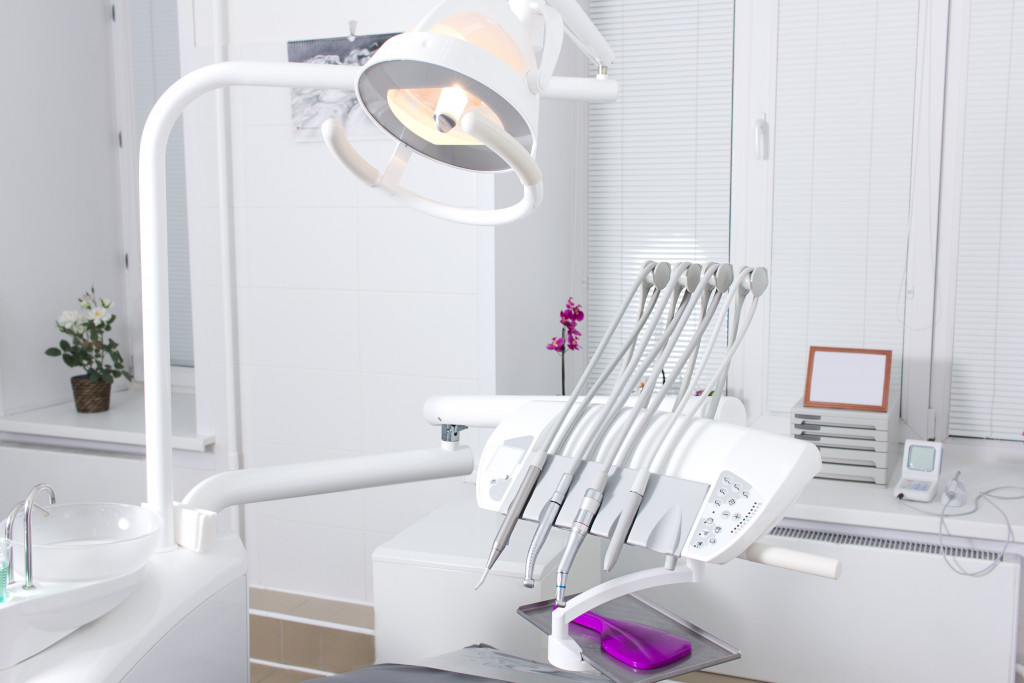Dental offices are places where people go to feel safe. They trust dental professionals with their teeth and gums, and they expect that the office is clean and sanitary. It’s the dentist’s job to uphold that trust by keeping patients safe while in their office.
Every dental team should have a formal safety plan, and every member of the staff needs to understand what it takes to keep patients safe. So how can you make your practice safer? There are many ways to do so as long as everyone follows them.
Here are some top things your dental team should do to keep patients safe.
Individual Practices
Before you can implement any other safety procedures, you need to know that each dental team member is practicing good safety habits. Patients should never see a staff member mishandling sharps, pulling on protective gear, or making any other careless mistake.
Proper grooming is also vital in providing an excellent first impression. Staff members should always be well-kept and neatly dressed for patient appointments.
Staff members should also be aware of their health to ensure they are not a risk to the rest of the office. If a staff member has a cold or other illness, they should stay home until it clears up.
Inspect Equipment and Tools
The dental team should inspect all of their equipment and tools before and after each use. They need to keep an eye out for dirty or unsterilized equipment, sharp edges on devices that have been damaged over time, and broken pieces.
Broken or worn down tools are not safe for use in the office, so you should discard them immediately. This task is easily accomplished by coordinating with their local disposal company.
Keep an Inventory of the Supplies
The dental team should also check if they have ample supplies they need before each patient appointment. Every office has a different inventory, so it’s your call to research what kinds of treatment and services are common in your area.
The dental team should also adjust its inventory based on the volume of their patients and the procedures they perform. Suppose you have patients who are nearing the removal of the brace. In that case, you’ll likely have them wear retainers to keep their teeth straightened. Keeping gold retainer wires on your stash allows you to promptly serve all your patient’s needs.

Sterilize as Often as Necessary
Clean equipment is one of the most critical factors in keeping patients safe. You should sterilize all tools and supplies every day before they are used, and it’s a good idea to have at least two sets of instruments for each procedure your office does.
Instruments that aren’t currently being used can be sterilized throughout the day. They should all be left to air dry, and then they can be placed in their proper bins until it’s time for their subsequent use.
Having two sets of instruments also allows your dental team to quickly switch between procedures without waiting for them to sterilize instruments again.
Shorter Appointment Times
Patients may feel safer if the appointments take less time. It doesn’t mean you need to rush the procedure, but it’s a good idea to make sure each appointment is at least 40 minutes long.
If appointment times cause scheduling problems for patients, you should offer extended hours and other times that better fit into their busy schedules. It’s a hands-on approach that will make your dental practice more accessible for patients.
Clean Everything
The dental team needs to clean their work areas at the end of each day. They should sweep around the room and wipe down any tables, chairs, or other surfaces. They should also make a point of cleaning the floor to pick up any spills.
Every team member should wipe off their station before leaving for the day. The last thing you want is for your team to go infectious materials where patients may walk past them.
Emergency Response
You should have an emergency response team prepared and ready to go at any given time. The team may include the dentist, staff members, security personnel, or anyone else who might be necessary.
The team should know what to do in emergencies to provide the best care possible for patients.
Ultimately, you do not want a single incident to harm your patients because of a lack of safety precautions. Your dental team’s overall well-being and satisfaction depend on their ability to work as effectively as possible, which means taking all the necessary safety procedures when it comes to equipment, tools, and supplies.
Following these safety procedures will benefit both your team and your patients in various ways.



